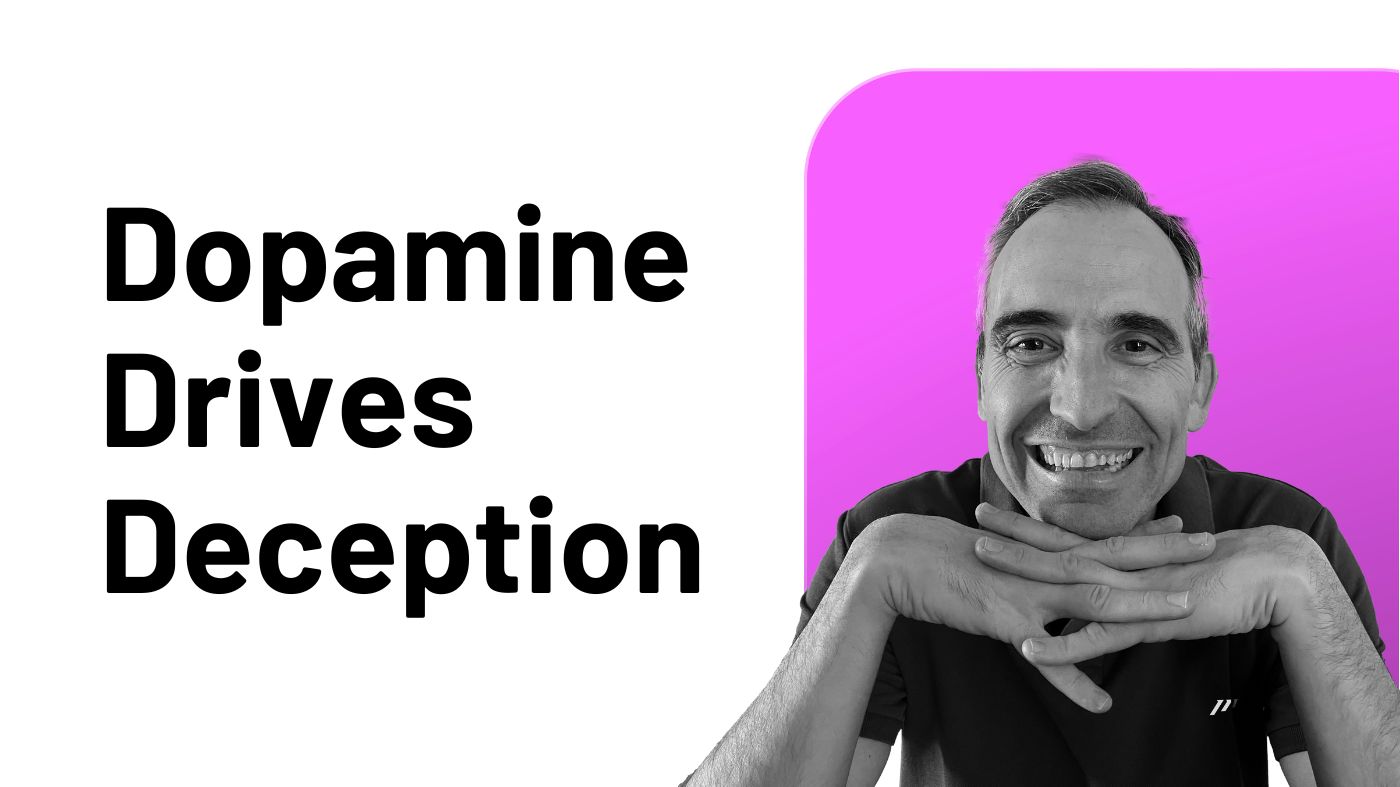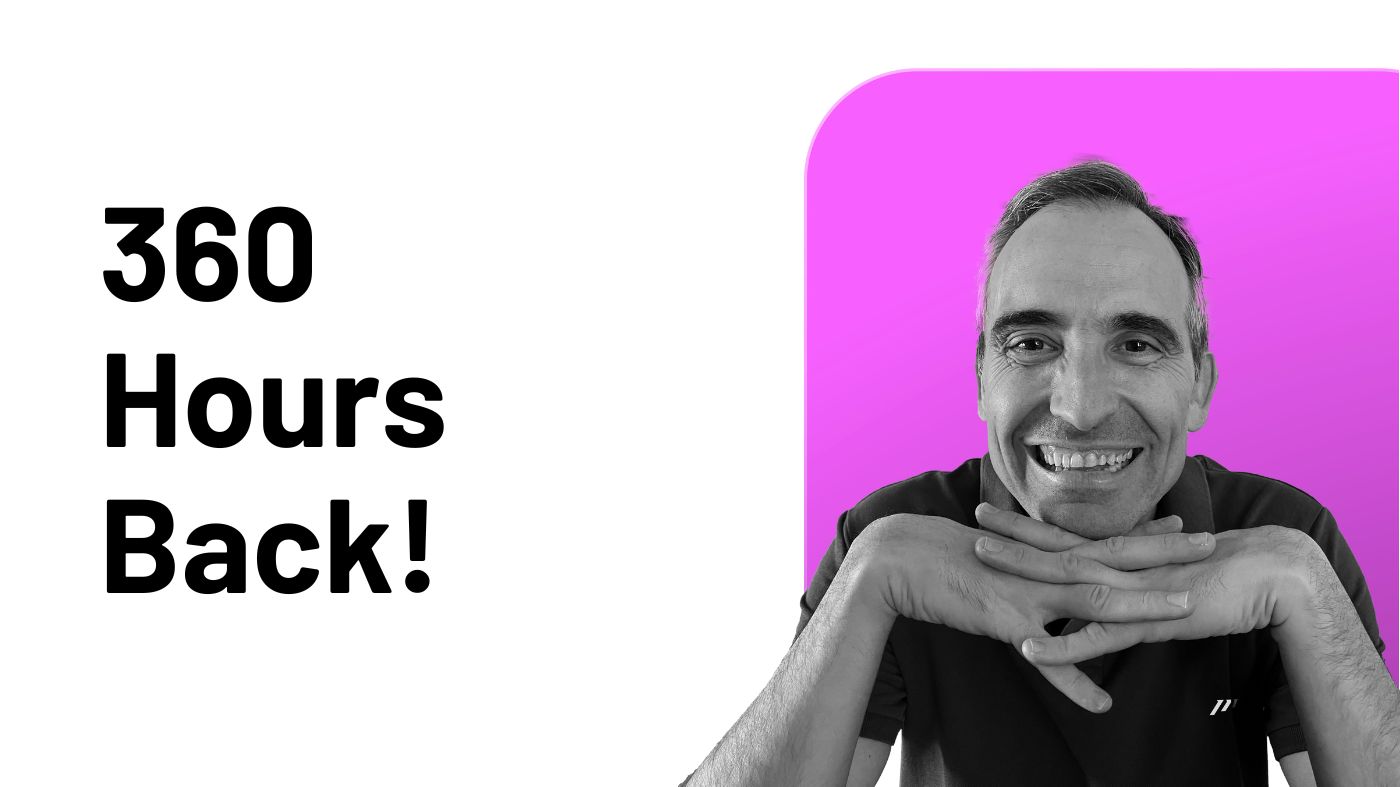As a busy business professional, your days are filled with emails, phone calls, meetings, and unforeseen events.
This type of shallow work is ubiquitous and can hinder your progress towards your goals, leading to feelings of frustration, unfulfillment, and dissatisfaction.
It’s time to face reality and accept this is the nature of your career.
Stop dreaming that things will magically change for the better one day because, in truth, they won’t. In fact, if you’re a healthy, ambitious individual, your responsibilities will likely increase over time.
To tackle this challenge, it’s essential to create a system.
One that operates on autopilot, streamlining your daily tasks.
In this article, I’ll guide you through the process of designing and implementing this system to maximize your productivity.
Let’s get started!
Why ICOR® Works
At the Paperless Movement®, we’ve developed an ecosystem designed to help business professionals address real-world challenges in their work.
By properly implementing the ICOR® methodology, you’ll generate a list of actionable to-dos (the only actionable items in your productivity system) that can be executed efficiently.
We emphasize that these to-dos should take no more than 2–3 hours to complete, and in the following sections, you’ll understand why this timeframe is crucial for productivity and success.
What Is “The One” Technique?
“The One” technique involves selecting just 5 to-dos each week that are directly linked to your strategic goals.
Yes, it’s the moment to sacrifice the rest to just end up having 5 essential to-dos.
It hurts. But it’s the only way to succeed.
I recommend making this decision on the Friday before the upcoming week you’re planning for.
Let’s keep going!
How Do You Implement “The One” Technique?
With your list of 5 prioritized to-dos, assign one to-do (that’s why we call it “The One” technique) to each day of the week.
These to-dos represent the “Highlight of the Day” from our ICOR® concept.
To simplify the process, schedule them at the same time each day.
I strongly recommend tackling these tasks first thing in the morning to ensure they get done.
In my case, after completing my daily morning routine, I focus on the highlight of the day from 10:30 to 12:30 or 13:30.
I always aim to finish by 12:30, so I prefer 2-hour to-dos.
The rest of your day will be filled with routines and blank spaces reserved for unexpected events.
These segments, along with routines, are dedicated to shallow work, such as meetings, email management, calls, and other tasks typical for business professionals.
If you complete your “Highlight of the Day,” avoid starting the next day’s “Highlight of the Day”.
Instead, focus on clearing shallow work as much as possible.
Freeing yourself from the shallow work that overwhelms your schedule and mental well-being provides a significant boost of dopamine.
If something interrupts your “Highlight of the Day,” it should be an extremely urgent, top-priority to-do that cannot be delayed.
Before replacing your “Highlight of the Day”, be 100% certain that the new task is more important. In most cases, you can at least postpone the new to-do.
If it’s indeed more urgent, don’t worry. This shows you’re dedicating your time to the highest-priority to-do for that day.
There’s no need for self-blame, as you’re performing at your best by doing the right thing at the right time, the main goal of any productivity system.
What Many People Will Say (Even Yourself!)
Only 2–3 hours a day dedicated to my goals? Are you kidding?
That’s what many people, including yourself and even I, used to think. It sounds counterintuitive, doesn’t it?
Let me share a bit about my journey.
I started working earnestly in businesses back in 1999, nearly 25 years ago.
Since then, I’ve tried it all.
Even working 18-hour days for three consecutive months without weekends, allowing myself just 6 hours to sleep and recover. A superhero!
After reading countless biographies of high achievers and experimenting with various strategies myself, I realized that truly successful people are more like marathon runners than sprinters.
It’s easy to assume that dedicating just a couple of hours a day to your most significant goals will lead nowhere.
However, I must say things don’t work that way.
Now, let me share how I’ve worked for decades and achieved the sense of goal accomplishment that any human being deserves.
How Do I Structure My Work (and Life)?
I work from Monday to Friday. Weekends off. Yes, weekends off.
During the workweek, I put in nearly 12 hours each day, starting at 8:30 am and ending at 8 pm, with a 2-hour break from 2 pm to 4 pm.
That amounts to 9.5 hours per day, rounding down to 9 hours.
Out of that time, I dedicate 2–3 hours each day to vigorously pursuing a significant goal, which represents about 20%-30% of my work time.
The rest is spent on shallow work.
People often prioritize quantity over quality.
What truly matters is focus, and the next essential ingredient is consistency.
Focus + Consistency = High-Performance
The secret formula is devoting 20%-30% of your time, but doing so EVERY DAY. That’s the crucial element that leads to success, and the one people often struggle to commit to.
I’ve encountered many “sprinters.”
Sure, they might achieve more than me in the first week, or perhaps even in two weeks, a month, or three months! But rest assured, they won’t last in the long run. Sooner or later, I’ll surpass them at a pace they can’t imagine.
It’s essential to understand that your energy has its limits.
Recognizing and embracing your limitations helps you achieve high performance, consistently perform at peak levels, and, most importantly, maintain this daily (that’s a productivity system working at its full potential).
It’s this daily peak performance that yields the best possible results.
Takeaways
Forget about fairy tales.
Let’s be realistic.
As a busy professional, you need to strive for your goals while also managing shallow work, as it is essential too.
You’re not a scientist secluded in a lab.
You have meetings to attend, colleagues and team members who require your assistance, and you must ensure your team consistently performs well.
That’s why you need to participate in meetings, respond to emails, and oversee the work of others.
Additionally, our modern world is filled with unexpected events.
Things that arise here, there, and everywhere.
Allocate just 2–3 hours each day for your deep work.
Trust me, it’s more than enough.




